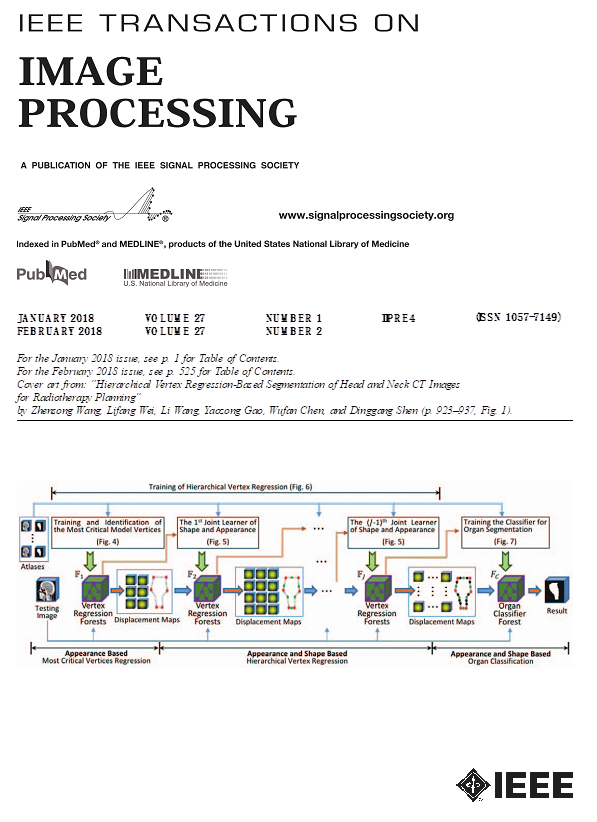Mgs-Stereo: Multi-scale Geometric-Structure-Enhanced Stereo Matching for Complex Real-World Scenes.
IF 13.7
1区 计算机科学
Q1 COMPUTER SCIENCE, ARTIFICIAL INTELLIGENCE
引用次数: 0
Abstract
Complex imaging environments and conditions in real-world scenes pose significant challenges for stereo matching tasks. Models are susceptible to underperformance in non-Lambertian surfaces, weakly textured regions, and occluded regions, due to the difficulty in establishing accurate matching relationships between pixels. To alleviate these problems, we propose a multi-scale geometrically enhanced stereo matching model that exploits the geometric structural relationships of the objects in the scene to mitigate these problems. Firstly, a geometric structure perception module is designed to extract geometric information from the reference view. Secondly, a geometric structure-adaptive embedding module is proposed to integrate geometric information with matching similarity information. This module integrates multi-source features dynamically to predict disparity residuals in different regions. Third, a geometric-based normalized disparity correction module is proposed to improve matching robustness for pathological regions in realistic complex scenes. Extensive evaluations on popular benchmarks demonstrate that our method achieves competitive performance against leading approaches. Notably, our model provides robust and accurate predictions in challenging regions containing edges, occlusions, reflective, and non-Lambertian surfaces. Our source code will be publicly available.Mgs-Stereo:复杂现实场景的多尺度几何结构增强立体匹配。
现实场景中复杂的成像环境和条件对立体匹配任务提出了重大挑战。由于难以在像素之间建立准确的匹配关系,模型在非朗伯曲面、弱纹理区域和遮挡区域容易表现不佳。为了缓解这些问题,我们提出了一种多尺度几何增强立体匹配模型,该模型利用场景中物体的几何结构关系来缓解这些问题。首先,设计几何结构感知模块,从参考视图中提取几何信息;其次,提出一种几何结构自适应嵌入模块,实现几何信息与匹配相似度信息的融合;该模块动态整合多源特征,预测不同区域的视差残差。第三,提出了一种基于几何的归一化视差校正模块,提高了真实复杂场景中病理区域的匹配鲁棒性。对流行基准的广泛评估表明,我们的方法与领先的方法相比具有竞争力。值得注意的是,我们的模型在包含边缘、遮挡、反射和非朗伯曲面的具有挑战性的区域提供了稳健和准确的预测。我们的源代码将是公开的。
本文章由计算机程序翻译,如有差异,请以英文原文为准。
求助全文
约1分钟内获得全文
求助全文
来源期刊

IEEE Transactions on Image Processing
工程技术-工程:电子与电气
CiteScore
20.90
自引率
6.60%
发文量
774
审稿时长
7.6 months
期刊介绍:
The IEEE Transactions on Image Processing delves into groundbreaking theories, algorithms, and structures concerning the generation, acquisition, manipulation, transmission, scrutiny, and presentation of images, video, and multidimensional signals across diverse applications. Topics span mathematical, statistical, and perceptual aspects, encompassing modeling, representation, formation, coding, filtering, enhancement, restoration, rendering, halftoning, search, and analysis of images, video, and multidimensional signals. Pertinent applications range from image and video communications to electronic imaging, biomedical imaging, image and video systems, and remote sensing.
 求助内容:
求助内容: 应助结果提醒方式:
应助结果提醒方式:


